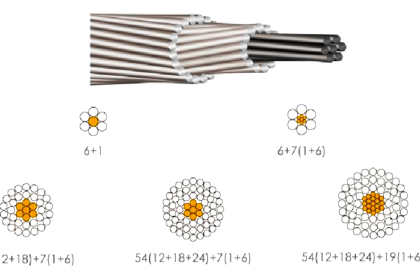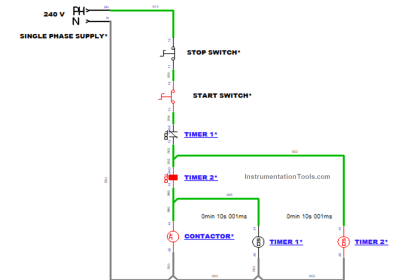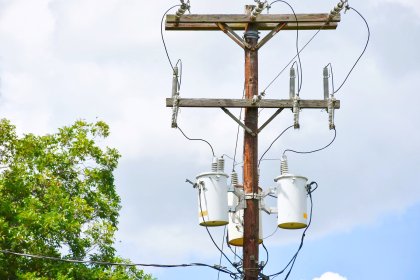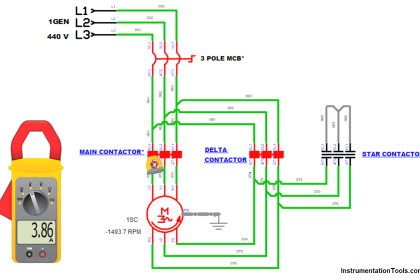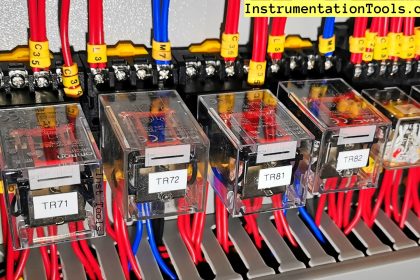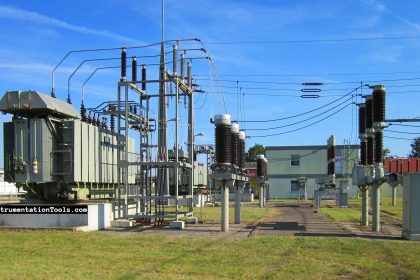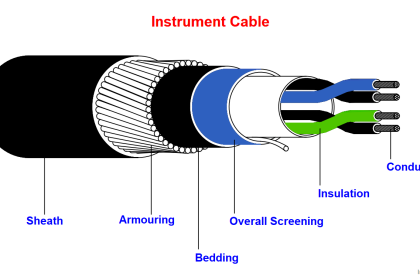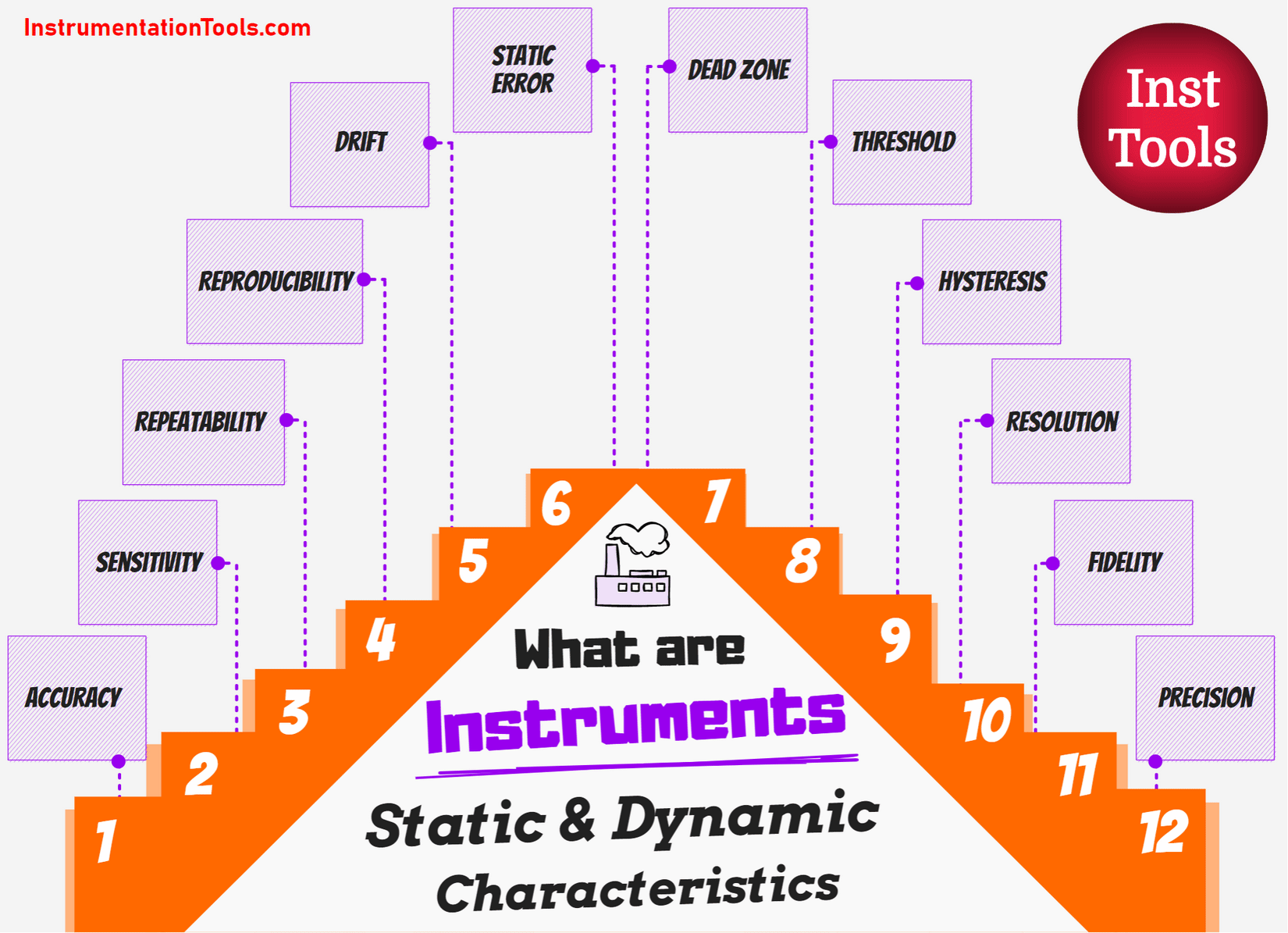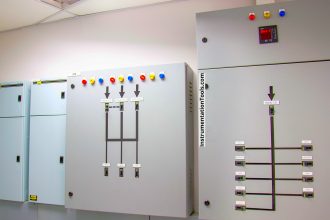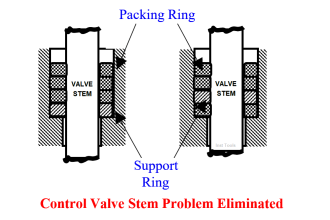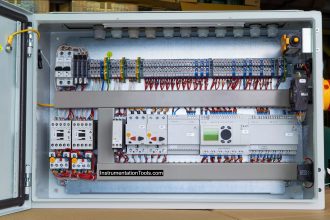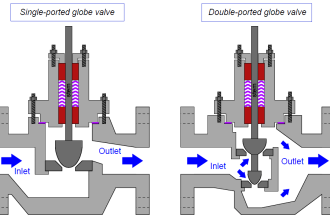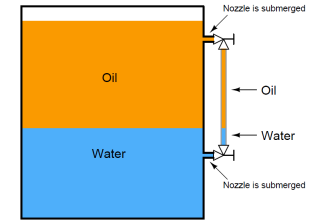In this post, we will understand the difference between regenerative and dynamic braking.
Braking is a technique to reduce the speed of the motor. Braking is achieved by equipment called a brake.
Electrical braking is dependent on magnetic flux and motor torque direction theory. Braking is an important part of the motor operation for efficient usage.
Types of Electrical Braking
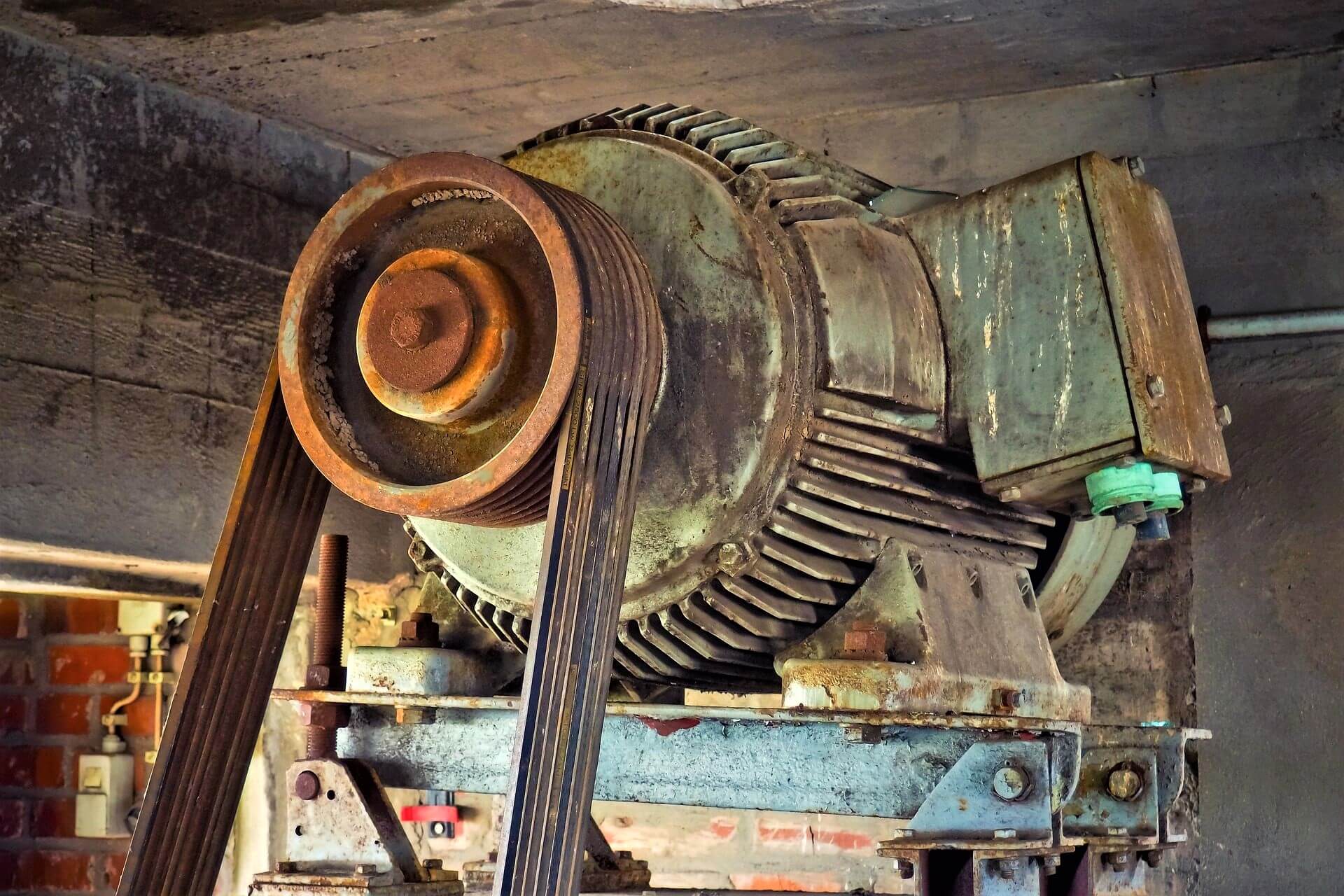
Generally, there are three types of electrical braking. They are
- Regenerative,
- Dynamic and
- Plugging.
We will see the two most used braking types – regenerative and dynamic; and find out the difference in them.
Dynamic Braking
One method of reversing the torque of the motor and stopping it is dynamic braking. In this method, the motor is stopped by disconnecting it from the supply.
Then it is connected across a large resistor. The running kinetic energy is then dissipated in the resistor and it absorbs the heat generated very fast.
Due to the absorption of energy by the resistor, the motor speed is reduced instantly and it stops at a quick moment of time.
This type of braking can be useful for a certain limit of load. If the load is very large, a huge amount of heat will be dissipated in the resistor and can cause overvoltage or overheating.
One of the major advantages of this braking is that it reduces wear and tear on friction-based braking components to a very good extent. Braking is also achieved instantly.
By varying the amount of resistance given, the speed of the motor can be stopped more instantly if the resistance is increased.
Also Read: VFD Braking Theory
Regenerative Braking
This is an advanced version of braking as compared to a dynamic one. It takes the energy generated by the motor and sends it back to the AC power source or to a common bus.
This means that you are first using the energy and returning some of it back to the supply when stopping the motor. This increases the overall efficiency of the system and reduces power consumption.
This braking takes place when the speed of the motor exceeds the synchronous speed. If the motor is returning something back to the power, then it is working as a generator during the time of stopping.
When the motor acts as a generator, the direction of current and torque reverses; which applies braking action to the motor.
A big disadvantage of this braking is that you cannot increase the motor speed to a large extent than synchronous speed; just to use regeneration. It can damage the motor. So, motor speed control is an important factor playing for this type of braking.
But the main advantage is the reduction in power consumption and overall increased efficiency of the system.
As dynamic braking involves dissipating heat in the resistor, it is used for applications where deceleration speeds vary or energy dissipation is required periodically.
Regenerative braking is used in applications where the motor is stopped frequently or the deceleration time is fixed.
Both the methods have their own merits and demerits; which can be used depending on the application available for use.
If you liked this article, then please subscribe to our YouTube Channel for Instrumentation, Electrical, PLC, and SCADA video tutorials.
You can also follow us on Facebook and Twitter to receive daily updates.
Read Next:
- Servo Motor Drives
- Introduction to Safety Relay
- What is a Capacitor Bank?
- Types of Motor Enclosure
- Vacuum Circuit Breaker
